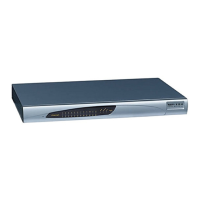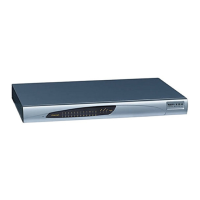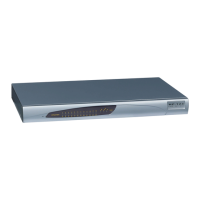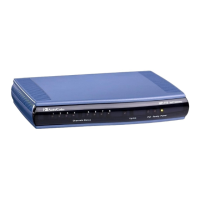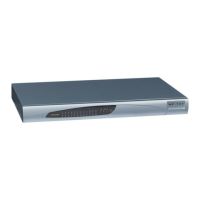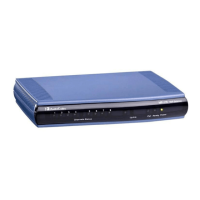SIP User's Manual 426 Document #: LTRT-65412
MP-11x & MP-124
9.15.4 Call Transfer
There are two types of call transfers:
Consultation Transfer (REFER and REPLACES):
The common way to perform a consultation transfer is as follows:
In the transfer scenario there are three parties: Party A = transferring, Party B =
transferred, Party C = transferred to.
1. A Calls B.
2. B answers.
3. A presses the hook-flash button and places B on-hold (party B hears a hold tone).
4. A dials C.
5. After A completes dialing C, A can perform the transfer by on-hooking the A
phone.
6. After the transfer is complete, B and C parties are engaged in a call.
The transfer can be initiated at any of the following stages of the call between A and C:
• Just after completing dialing C phone number - transfer from setup.
• While hearing Ringback – transfer from alert.
• While speaking to C - transfer from active.
Blind Transfer (REFER):
Blind transfer is performed after we have a call between A and B, and party A decides
to immediately transfer the call to C without speaking with C. The result of the transfer
is a call between B and C (just like consultation transfer only skipping the consultation
stage).
Notes:
• Transfer is initiated by sending REFER with REPLACES.
• The device can receive and act upon receiving REFER with or without
REPLACES.
• The device can receive and act upon receiving INVITE with REPLACES,
in which case the old call is replaced by the new one.
• The INVITE with REPLACES can be used to implement Directed Call
Pickup.
